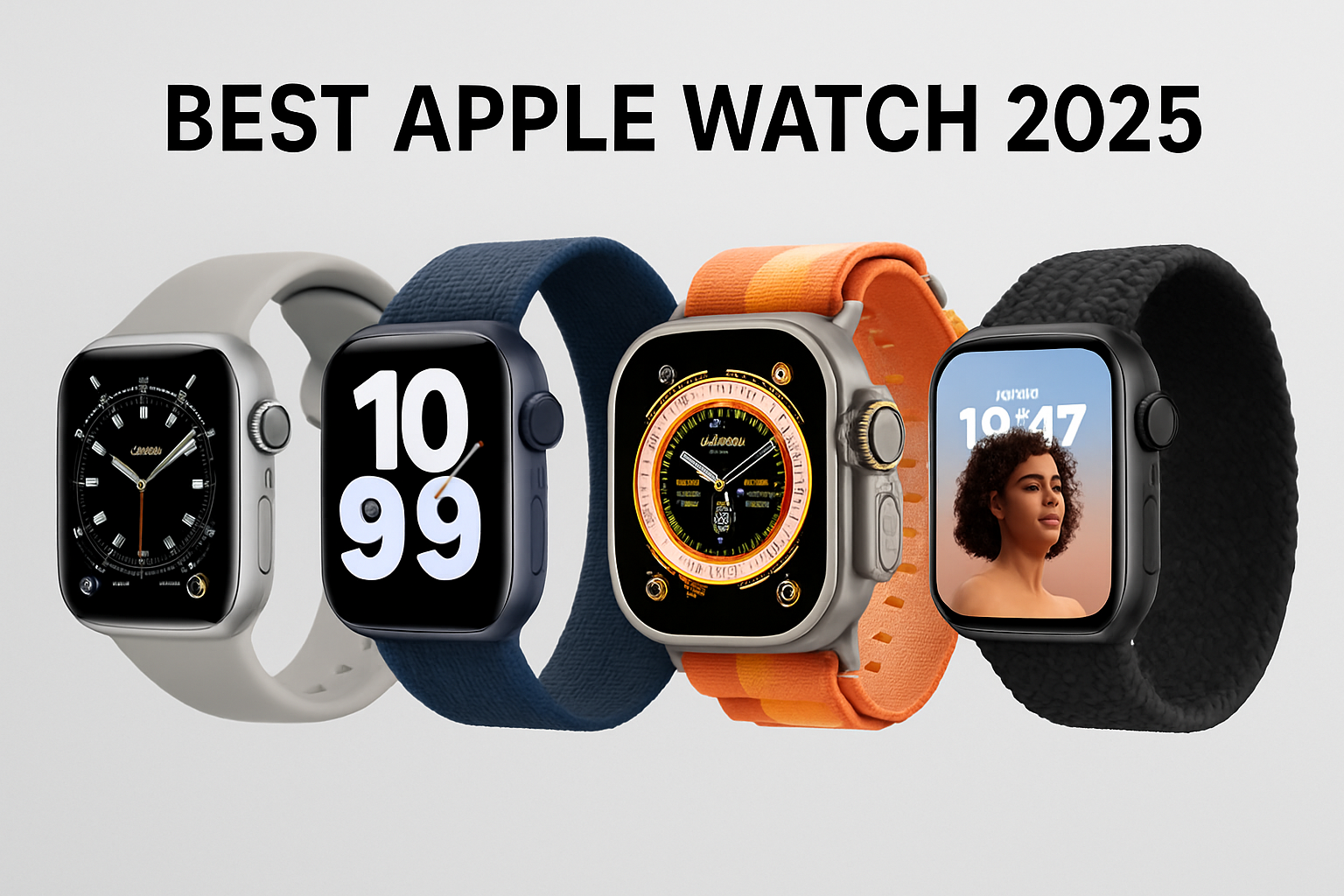The Google Pixel 9 Pro Fold is the second-generation foldable smartphone from Google, aiming to refine the experience introduced with the original Pixel Fold. Announced on August 13, 2024, and released on September 4, 2024, this device blends a traditional phone form factor with a tablet-like inner display, powered by the Tensor G4 chipset. Priced at $1,799 for the 256GB model and $1,919 for the 512GB version, it comes in Obsidian and Porcelain colors. This review dives into its design, display, performance, camera, battery life, software, and overall value to determine if it’s worth the premium price tag.
Design and Build
The Pixel 9 Pro Fold marks a significant evolution from its predecessor with a sleeker, more refined design. Measuring 155.2 x 150.2 x 5.1mm when unfolded and weighing 257g, it’s thinner and lighter than the original Pixel Fold (9.1 ounces). The book-style foldable features a flexible aluminum alloy hinge that opens fully flat and snaps shut securely, earning an IPX8 water-resistant rating. The outer glass is protected by Corning Gorilla Glass Victus 2, while the inner display uses a plastic front, maintaining durability without a case. The camera module, now a squarish dual-row design, protrudes slightly but aligns better with the Pixel 9 family aesthetic. However, the glossy finish can be slippery, and the lack of widely available protective cases is a minor drawback for such an expensive device.
Display
The Pixel 9 Pro Fold boasts dual displays that enhance its versatility. The outer 6.3-inch Actua Display offers a 20:9 aspect ratio, 1080 x 2424 resolution, and 422 ppi, with a 60-120Hz refresh rate and peak brightness of 2,700 nits—ideal for phone-like use. The inner 8-inch Super Actua Foldable LTPO OLED display, with a 9.33:9 aspect ratio and 2076 x 2152 resolution, reaches 1,600 nits (HBM) and 2,700 nits (peak), providing a stunning tablet experience. The near-square inner screen excels for multitasking and media, though a subtle crease remains visible at angles. Compared to the Galaxy Z Fold 6, the Pixel’s displays are brighter and better suited for app scaling, though bezels could be thinner.
Performance
Powered by the Google Tensor G4 (4nm) chipset and 16GB of RAM, the Pixel 9 Pro Fold delivers solid performance for daily tasks, gaming, and AI-driven features. The octa-core processor (1×3.1 GHz Cortex-X4, 3×2.6 GHz Cortex-A720, 4×1.92 GHz Cortex-A520) paired with the Mali-G715 MC7 GPU handles multitasking and split-screen apps smoothly. Benchmark tests show competitive scores, though it lags behind Snapdragon 8 Gen 3 devices in raw power. Thermals are improved over the original Fold, with minimal throttling during extended use. The 256GB and 512GB UFS 3.1 storage options cater to varied needs, but the absence of a 1TB variant is notable for a “Pro” device.
Camera
The camera system includes a 48MP main (f/1.7), 10.5MP ultrawide (f/2.2, 127°), and 10.8MP periscope telephoto (f/2.8, 5x optical zoom) on the rear, with 10MP selfie cameras on both displays. In good light, the main camera produces detailed shots with accurate colors and strong HDR, while the ultrawide captures wider scenes with decent quality. The telephoto excels up to 10x zoom, with usable 20x SuperRes results, though low-light performance suffers from small sensor sizes, relying heavily on Night Sight. Compared to the Pixel 9 Pro’s 50MP main camera, the Fold’s output is softer, especially in dim conditions, making it less competitive among foldables like the Vivo X Fold 3 Pro or OnePlus Open.
Battery Life
The 4,650mAh battery supports 21W wired charging (full charge in ~90 minutes) and 7.5W wireless charging, which feels underwhelming for a $1,800 device in 2024. Real-world testing shows about 40 hours of mixed use (phone and tablet modes), with 5-6 hours of screen-on time—adequate but short of the Galaxy Z Fold 6’s endurance. Heavier tasks like gaming or video streaming may require a mid-day charge, and the lack of a included charger adds to the cost.
Software
Running Android 14 with a promised seven years of updates (through Android 21), the Pixel 9 Pro Fold offers a clean, customizable experience. Gemini AI features, including Gemini Live for conversational tasks and Pixel Studio for image generation, shine on the large inner screen. Split-screen multitasking supports two apps with adjustable ratios, and a new continuity feature lets you resume tasks on the outer display. However, it lacks the flexibility of Samsung’s DeX or OnePlus’s Open Canvas, limiting productivity compared to rivals. The fixed Google search bar and “At a Glance” widgets on the home screen may frustrate customization enthusiasts.
Pros and Cons
Pros:
- Thinner, lighter design with a premium build
- Bright, versatile dual displays
- Strong AI software integration
- Reliable camera performance in good light
- Long-term software support
Cons:
- Expensive at $1,799-$1,919
- Slow charging speeds
- Camera lags behind non-foldable Pixel 9 Pro models
- Limited multitasking compared to competitors
- Slippery finish without a case
Verdict
The Google Pixel 9 Pro Fold is a significant improvement over the original Pixel Fold, offering a polished design, vibrant displays, and robust AI features. Its phone-first approach makes it practical for everyday use, while the 8-inch inner screen excels for media and light productivity. However, the high price, slow charging, and camera compromises—especially against the Pixel 9 Pro or rival foldables—may deter some buyers. It’s ideal for Pixel enthusiasts or those seeking a foldable with a familiar phone experience, but for photographers or power users, alternatives like the Galaxy Z Fold 6 or OnePlus Open might offer better value. If you can secure a trade-in deal or wait for a discount, it’s a compelling choice in the evolving foldable market.



